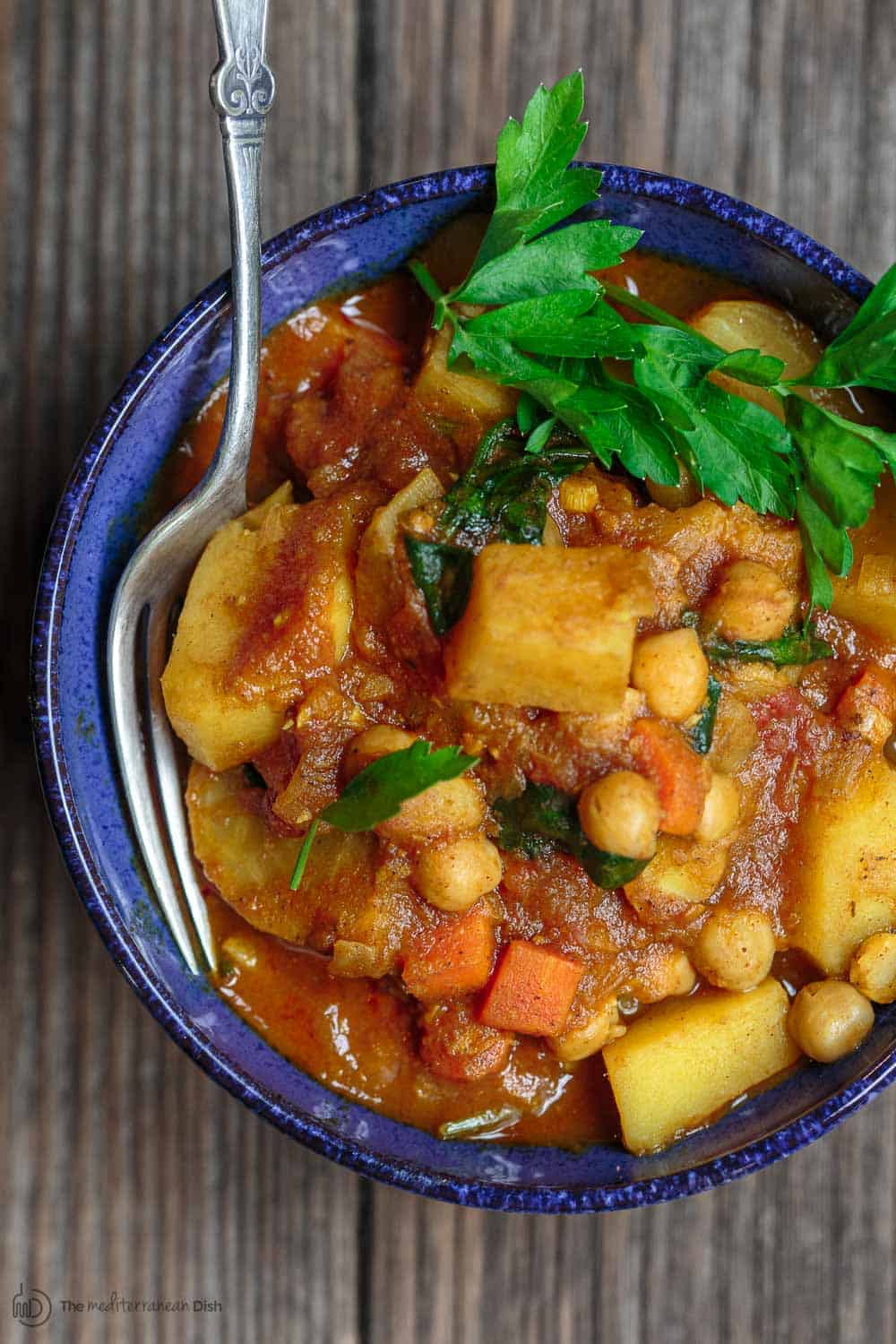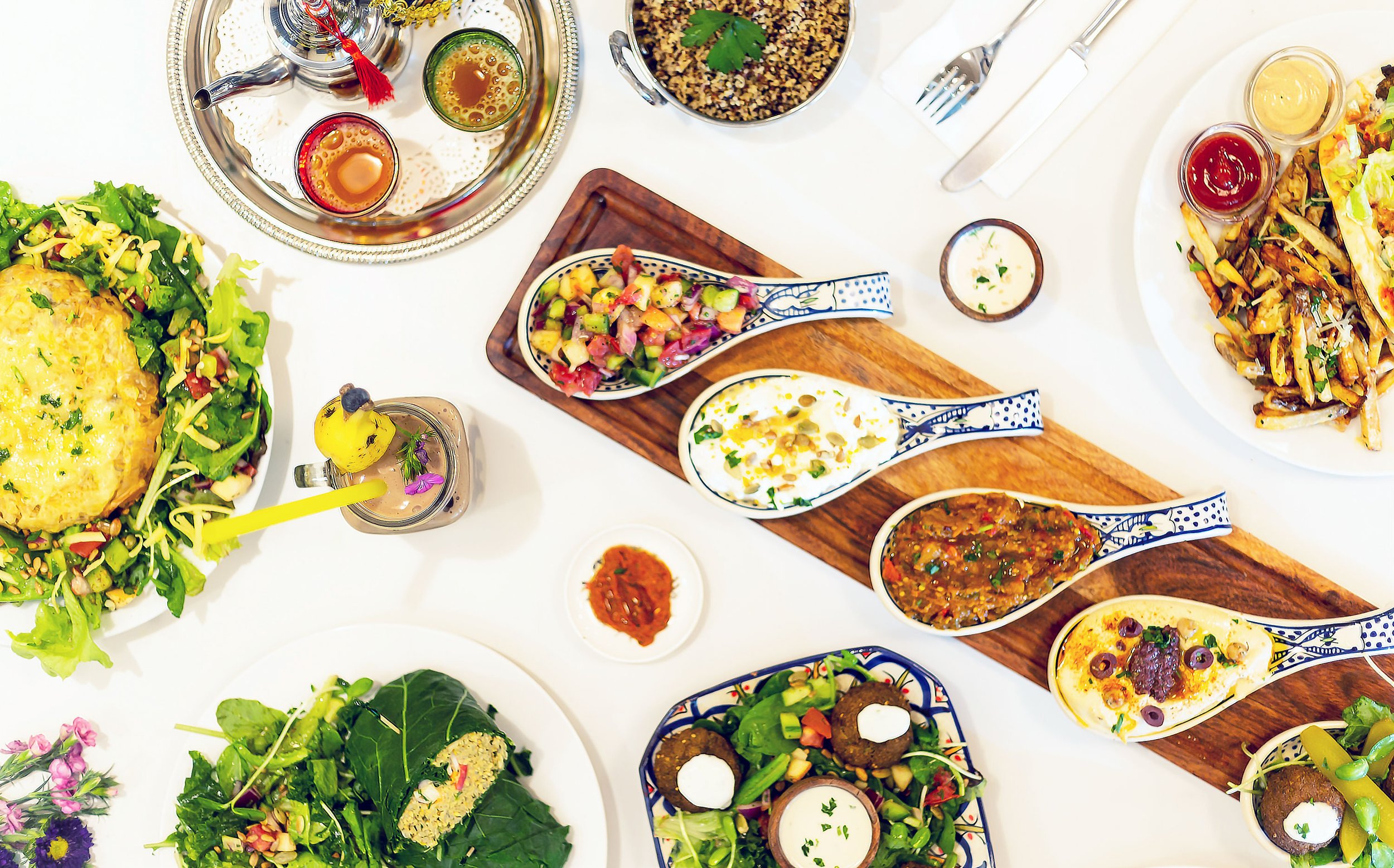Mediterranean Food: A Flavorful Journey With Tradition and Preference
Mediterranean cuisine works as an exceptional crossway of practice and taste, drawing from a varied range of societies that extend continents. This cooking heritage not only showcases using fresh, regional ingredients however also highlights the relevance of common eating experiences that have actually been valued for generations. The extensive tastes and health benefits connected with the Mediterranean diet have amassed international admiration, yet below its surface area exists an intricate narrative of historic impacts and regional specialties that require further exploration. What special aspects contribute to its long-lasting allure and significance in contemporary culinary techniques?
Beginnings of Mediterranean Food
The origins of Mediterranean cuisine are deeply rooted in a rich tapestry of history, geography, and cultural exchange. This culinary practice emerges from a region defined by its varied landscapes, consisting of coastlines, hills, and abundant plains, which have actually affected its farming practices and food manufacturing. The Mediterranean Container, incorporating countries such as Italy, Greece, Spain, and Turkey, has actually been a crossroads of worlds for centuries, where trade paths promoted the exchange of active ingredients, techniques, and cooking philosophies.
Ancient societies, including the Greeks and Romans, considerably shaped Mediterranean foodways, emphasizing the relevance of fresh, seasonal fruit and vegetables and common eating. The spread of agriculture, particularly the farming of grains, olives, and grapes, laid the structure for recipes that remain staples today. The impact of numerous conquerors and traders, such as the Moors and Ottomans, introduced new flavors and cooking styles, even more enriching the food.
Today, Mediterranean food is celebrated not just for its taste and variety but likewise for its emphasis on healthful consuming, symbolizing a balanced method to nourishment that remains to appeal to international palates. This historical interplay of ingredients and societies develops the significance of what we now identify as Mediterranean food.
Key Ingredients and Flavors
Mediterranean cuisine is identified by a lively range of vital components and tastes that reflect the region's agricultural bounty and social heritage. Central to this culinary tradition are fresh vegetables, fruits, and natural herbs, which supply necessary nutrients and lively tastes. mediterranean restaurant las vegas. Staples such as tomatoes, eggplants, olives, and bell peppers are regularly included, showcasing the region's varied climate and dirt
Olive oil, often considered as the backbone of Mediterranean food preparation, imparts splendor and deepness to dishes. It is complemented by a variety of natural herbs and spices, consisting of basil, garlic, and oregano, which boost the flavors of meats, seafood, and grains. Grains, especially wheat and rice, offer as essential elements, with recipes like couscous and pasta being staples throughout the area.
In addition, beans such as chickpeas and lentils not only offer healthy protein yet additionally add to the cuisine's robustness. Using dairy, specifically yogurt and feta cheese, adds creaminess and flavor. Finally, fish and shellfish, plentiful in coastal locations, attributes plainly, with fresh fish and shellfish using a preference of the sea. Collectively, these active ingredients create a harmonious equilibrium that defines Mediterranean food.
Regional Specialties and variations
Diverse local variants and specialties identify Mediterranean food, showing the one-of-a-kind cultural impacts, geography, and history of each area. In the our website coastal regions of Italy, for example, fish and shellfish preponderates, with meals like Sicilian caponata showcasing a mix of eggplant, olives, and capers. Greece is renowned for its usage of feta cheese, olives, and fresh natural herbs, apparent in traditional preparations such as moussaka and spanakopita.
The Levantine countries, consisting of Lebanon and Syria, highlight using grains and seasonings, with specialties like tabbouleh and kibbeh taking center phase. North Africa, specifically Morocco, sticks out for its aromatic tagines and couscous, often enriched with dried out fruits and an abundant array of flavors.
In contrast, the Iberian Peninsula highlights making use of treated meats and bold tastes, with Spanish paella and Portuguese bacalhau exemplifying the region's culinary variety.
Each Mediterranean region not only commemorates its local active ingredients but likewise reflects the historical trade courses and social exchanges that have actually shaped its food society, creating a dynamic tapestry of flavors that astounds the taste.
Cooking Methods and Styles
Cooking techniques and styles in Mediterranean cuisine are as varied as the areas themselves, typically reflecting local traditions and available ingredients. The heart of Mediterranean cooking depends on its simpleness, where fresh produce, natural herbs, and olive oil take spotlight. Strategies such as grilling, roasting, and sautéing are frequently used, enabling the all-natural flavors of the ingredients to radiate.
Grilling, prevalent in coastal locations, infuses fish and shellfish and meats with a great smoky richness, while toasting, particularly between East, boosts the sweet taste of origin vegetables and meats. Sautéing, commonly made use of in Spanish and italian meals, gives a quick method to highlight the splendor of garlic and onions, offering as a foundation for numerous sauces.
Cooking is another crucial technique, particularly in North African foods, where tagines simmer aromatic flavors and tender meats gradually, blending flavors in time - mediterranean restaurant las vegas. Cooking, particularly in the context of bread and breads, holds a considerable location in Mediterranean culture, with each region flaunting its very own specialties. Overall, these diverse cooking methods not only celebrate the components yet likewise reflect the deep-rooted culinary heritage of the Mediterranean, making each dish a testimony to its abundant background

Health And Wellness Perks of Mediterranean Diet Regimen
Consistently acknowledged for its various health benefits, the Mediterranean diet regimen highlights the usage of whole, minimally processed foods that advertise total health. This dietary pattern is abundant in fruits, vegetables, whole grains, beans, nuts, and healthy fats, particularly olive oil, while urging modest consumption of fish and fowl and restricting red meat and sugary foods.
Research study consistently links the Mediterranean diet to a range of wellness benefits. Notably, it has actually been related to a reduced danger of heart diseases, mainly because of its emphasis on heart-healthy fats and anti-oxidants. The diet plan is also believed to enhance cognitive function and may lower the risk of neurodegenerative illness such as Alzheimer's.
Additionally, the Mediterranean diet regimen supports weight monitoring with its concentrate on nutrient-dense foods that promote satiation. The high fiber material from fruits, veggies, and whole grains aids digestion and helps preserve healthy and balanced blood glucose levels.
Along with physical wellness, the Mediterranean diet plan cultivates social wellness, as it encourages public dishes and shared culinary experiences. In general, embracing this this article diet plan is not just a path to enhanced health and wellness but also an event of tastes, society, and community.

Conclusion
Finally, Mediterranean cuisine offers as Learn More an abundant tapestry of practice and preference, showcasing diverse local tastes and active ingredients. The emphasis on fresh fruit and vegetables, olive oil, and aromatic natural herbs not just improves culinary experiences but additionally promotes countless health advantages. By embracing classic cooking methods and cultivating common eating, this culinary heritage proceeds to motivate and link individuals across societies, solidifying its standing as a cherished and significant element of international gastronomy.

Food preparation methods and designs in Mediterranean cuisine are as varied as the regions themselves, often reflecting neighborhood practices and offered components.In verdict, Mediterranean food serves as a rich tapestry of practice and taste, showcasing varied local flavors and active ingredients.